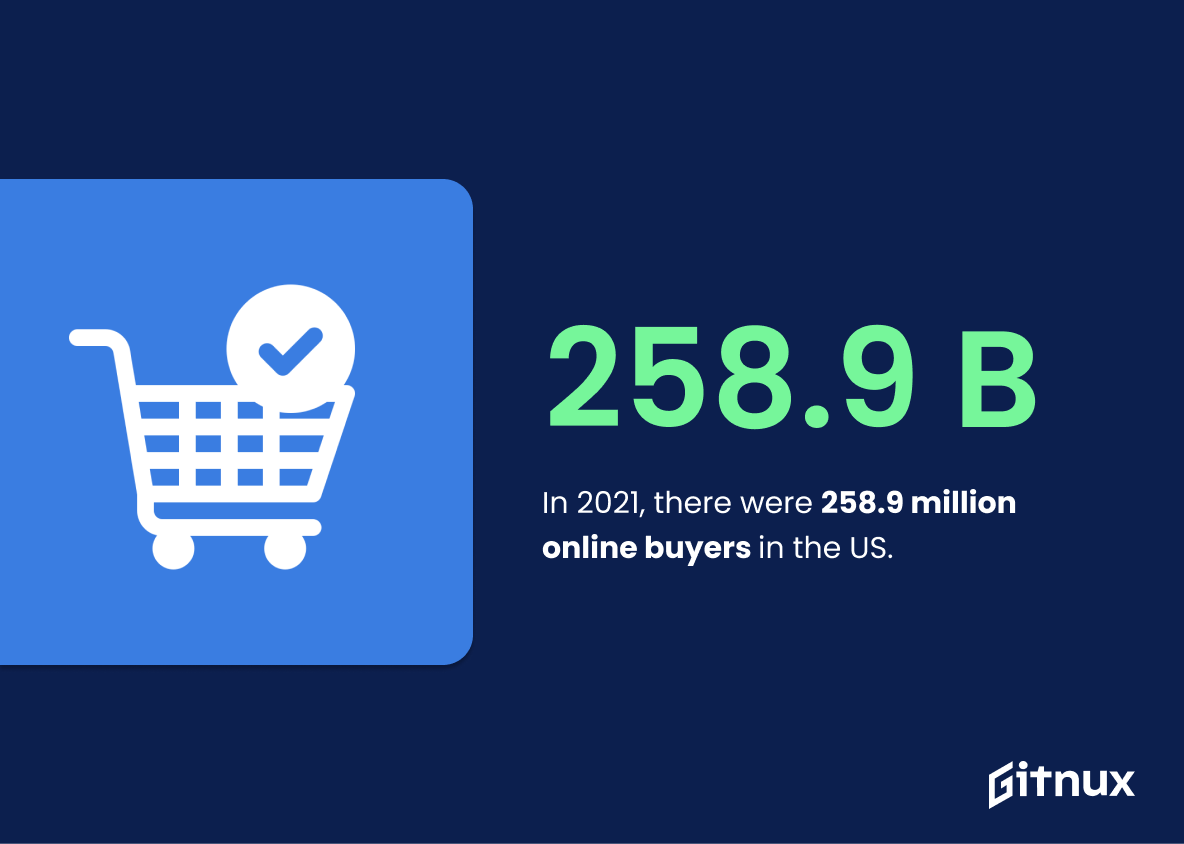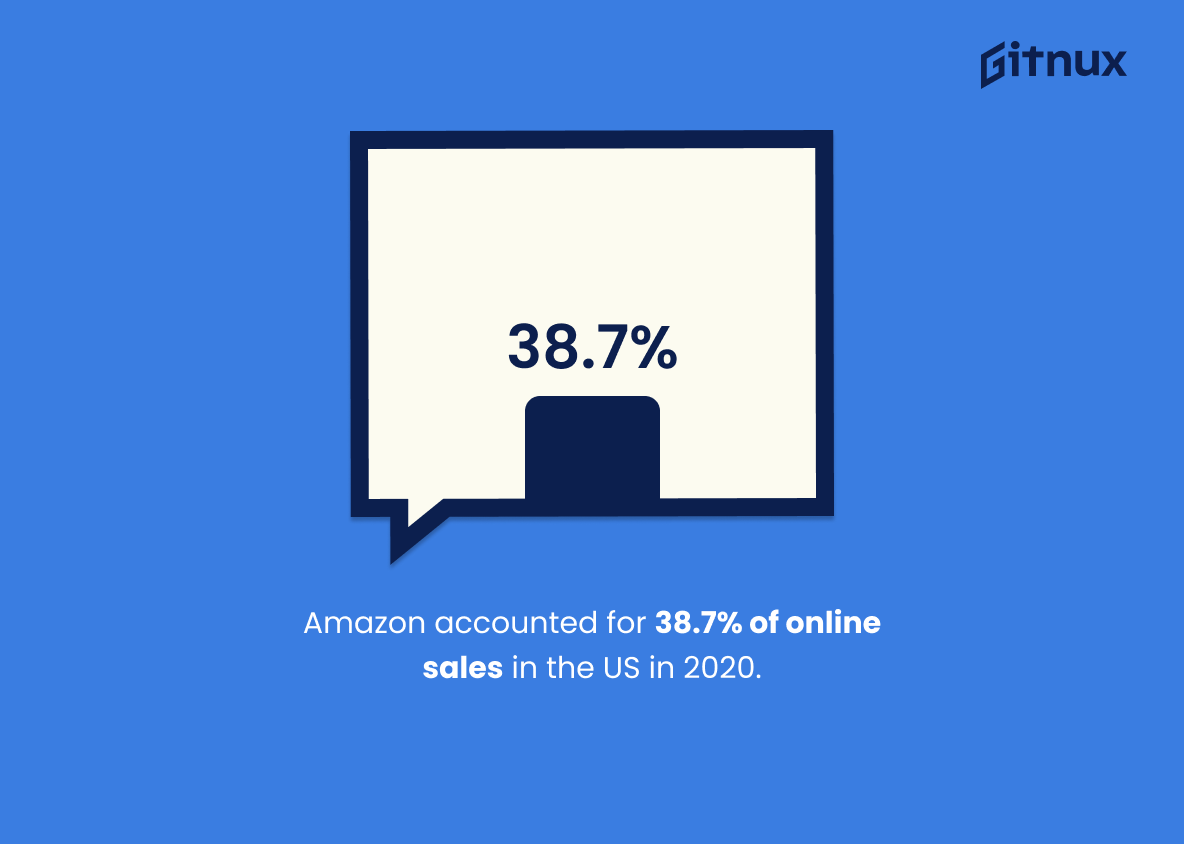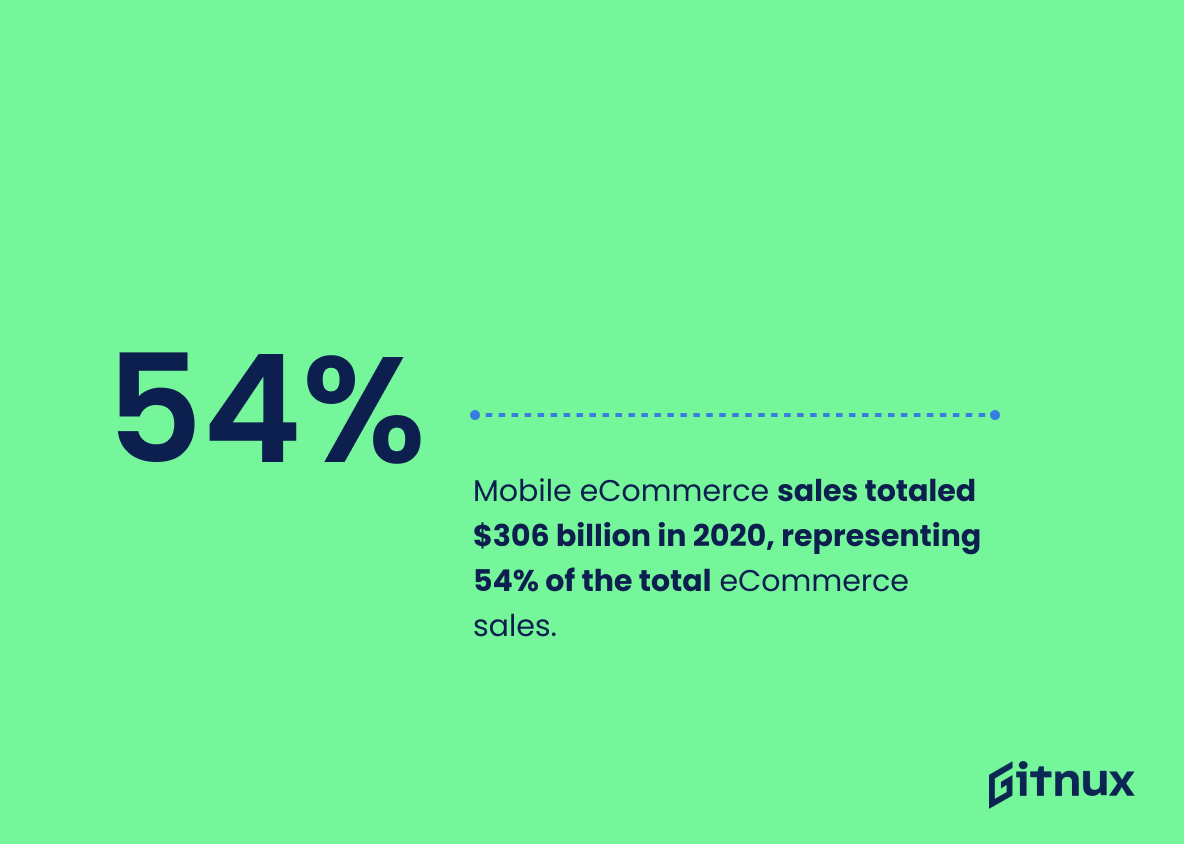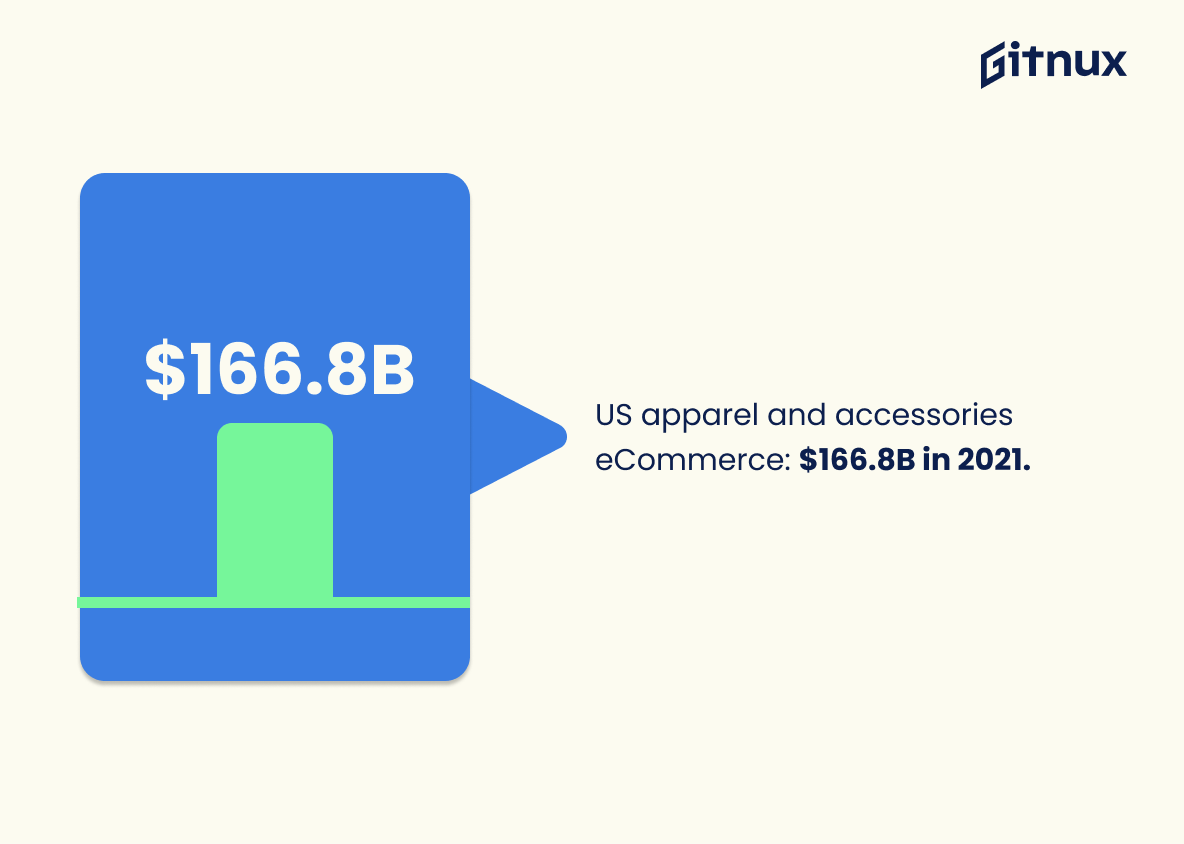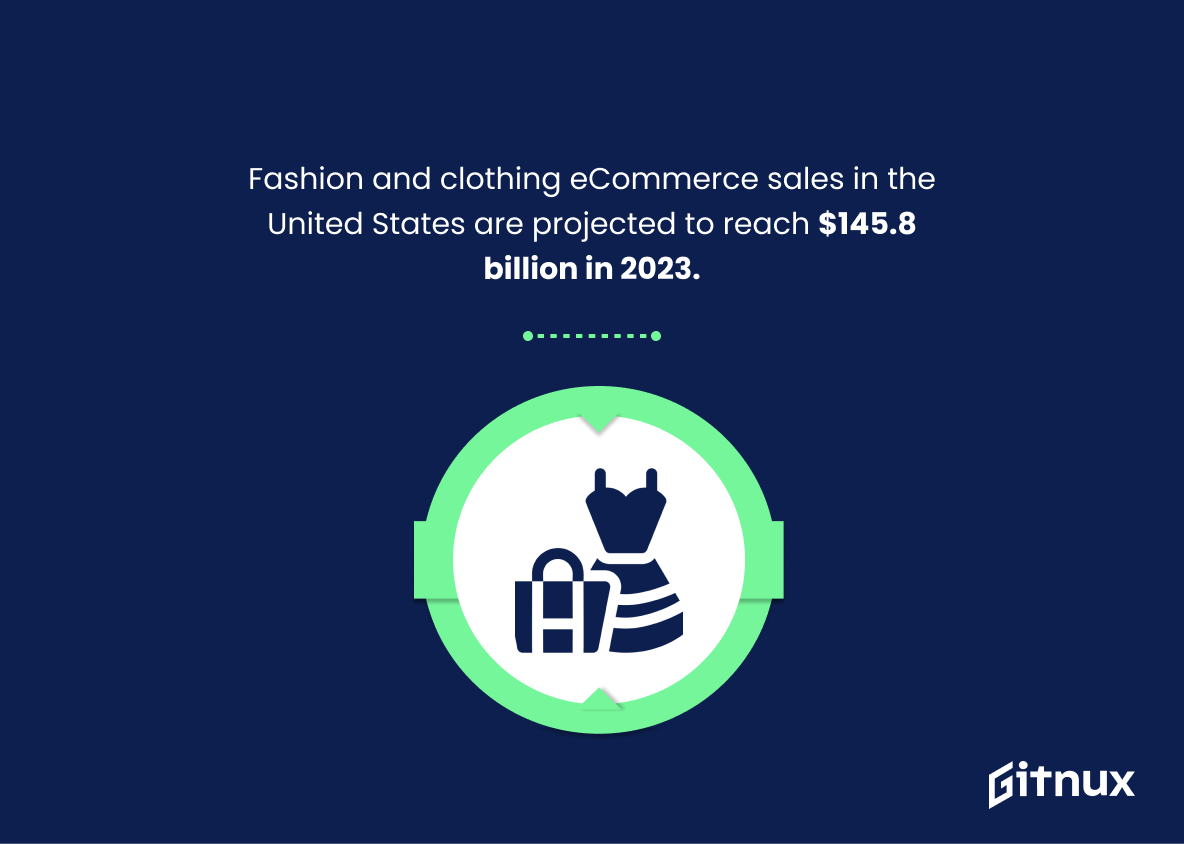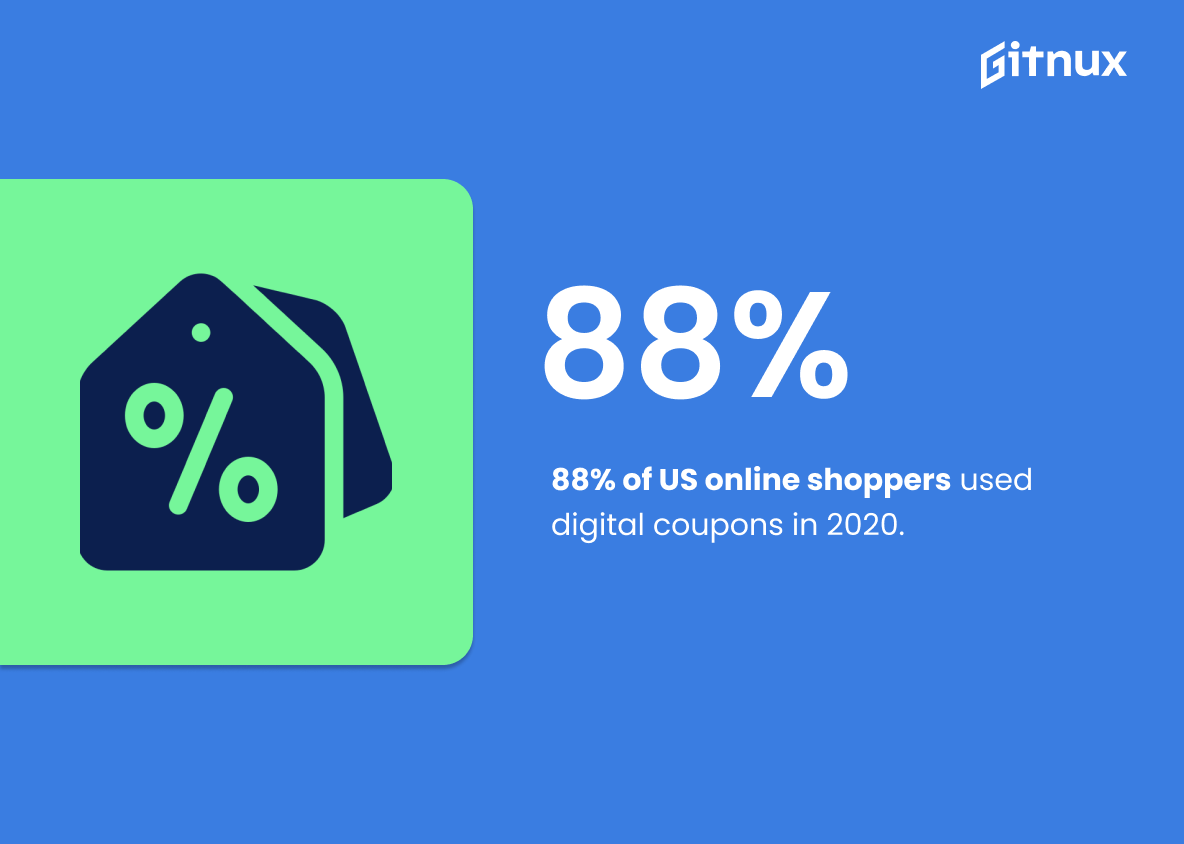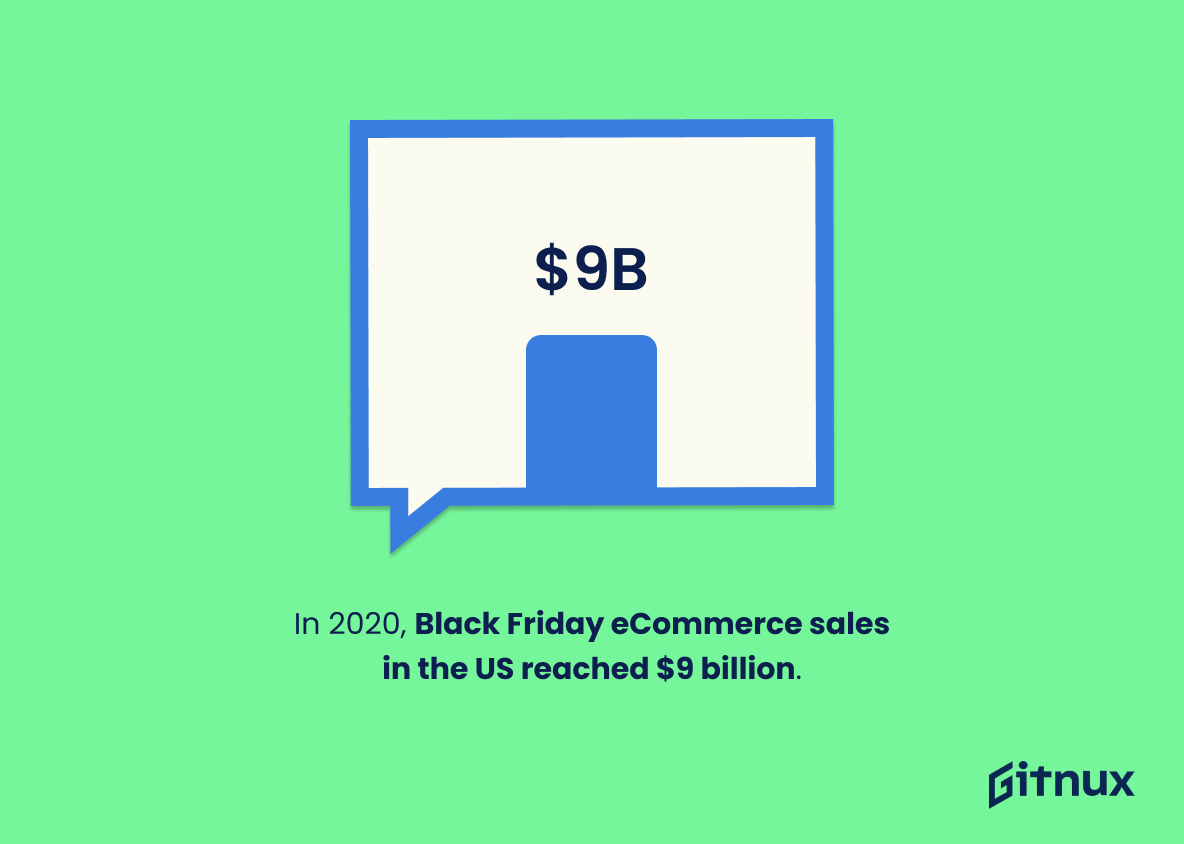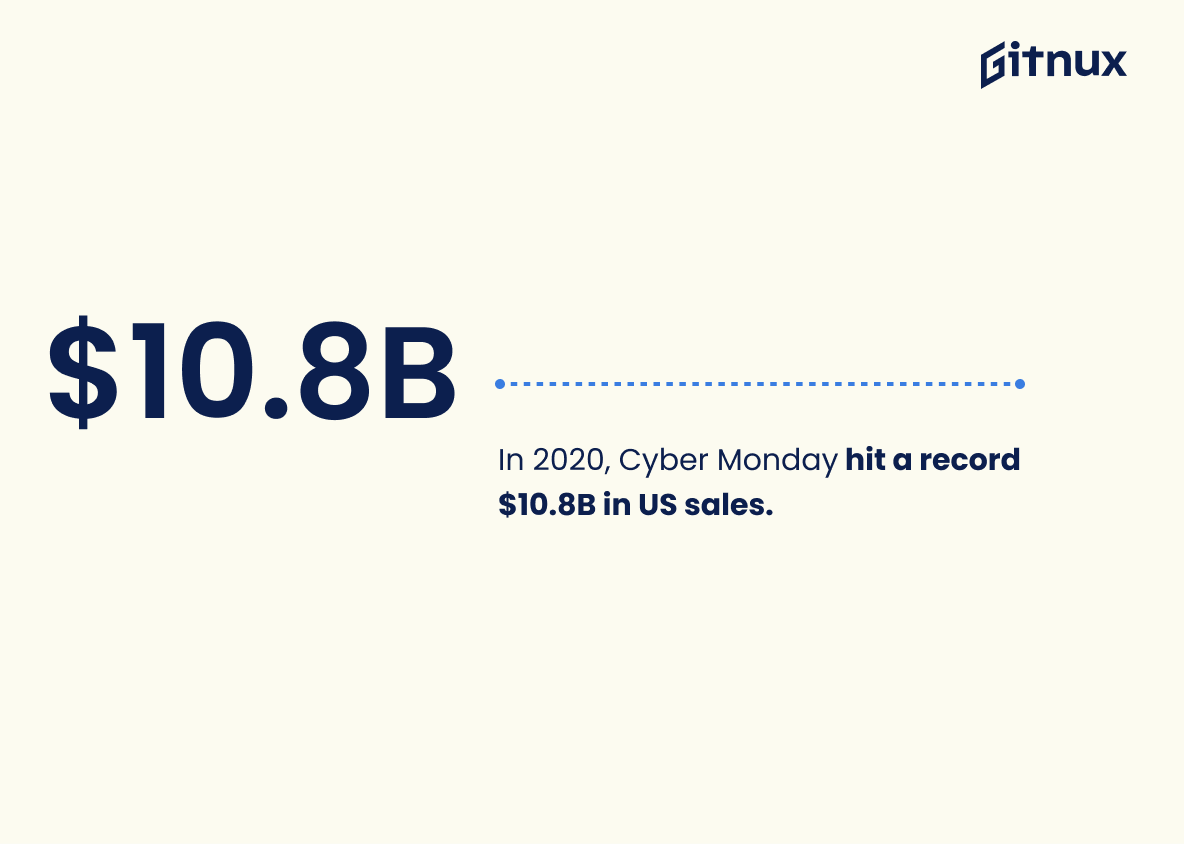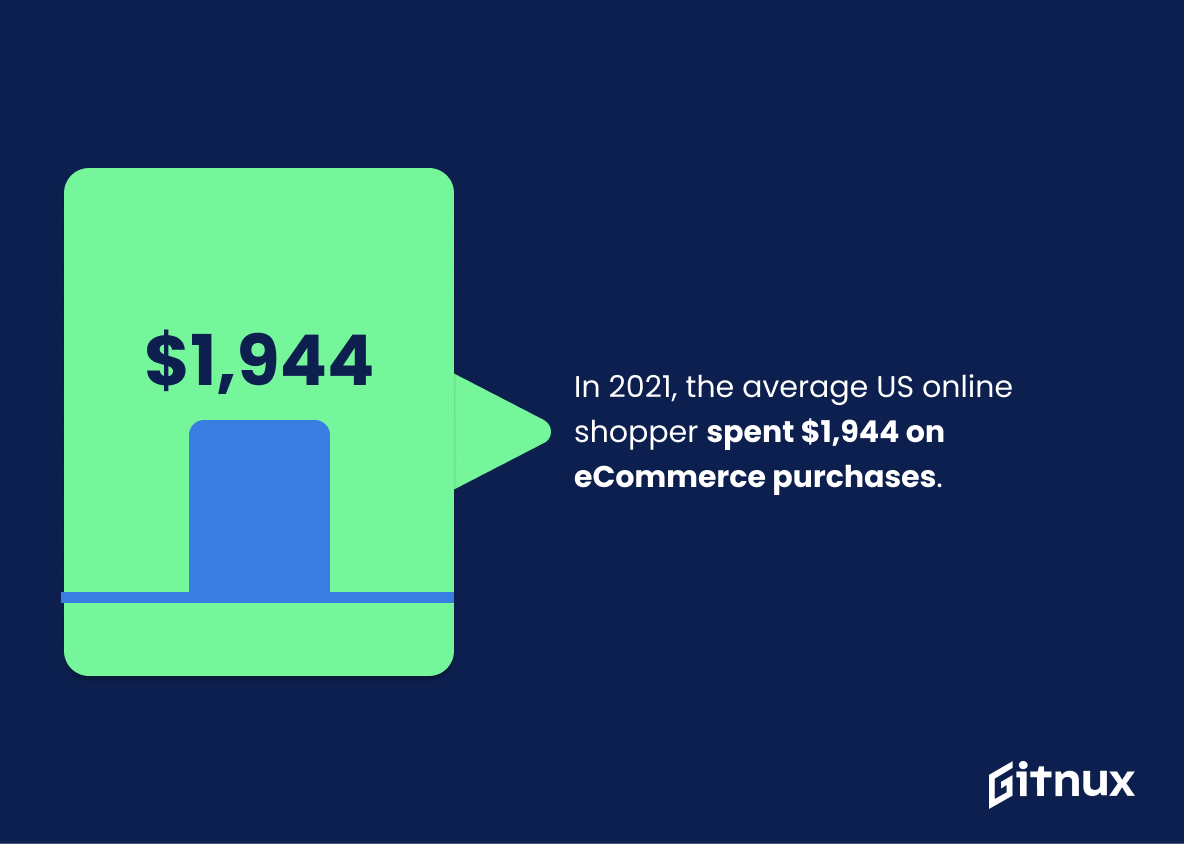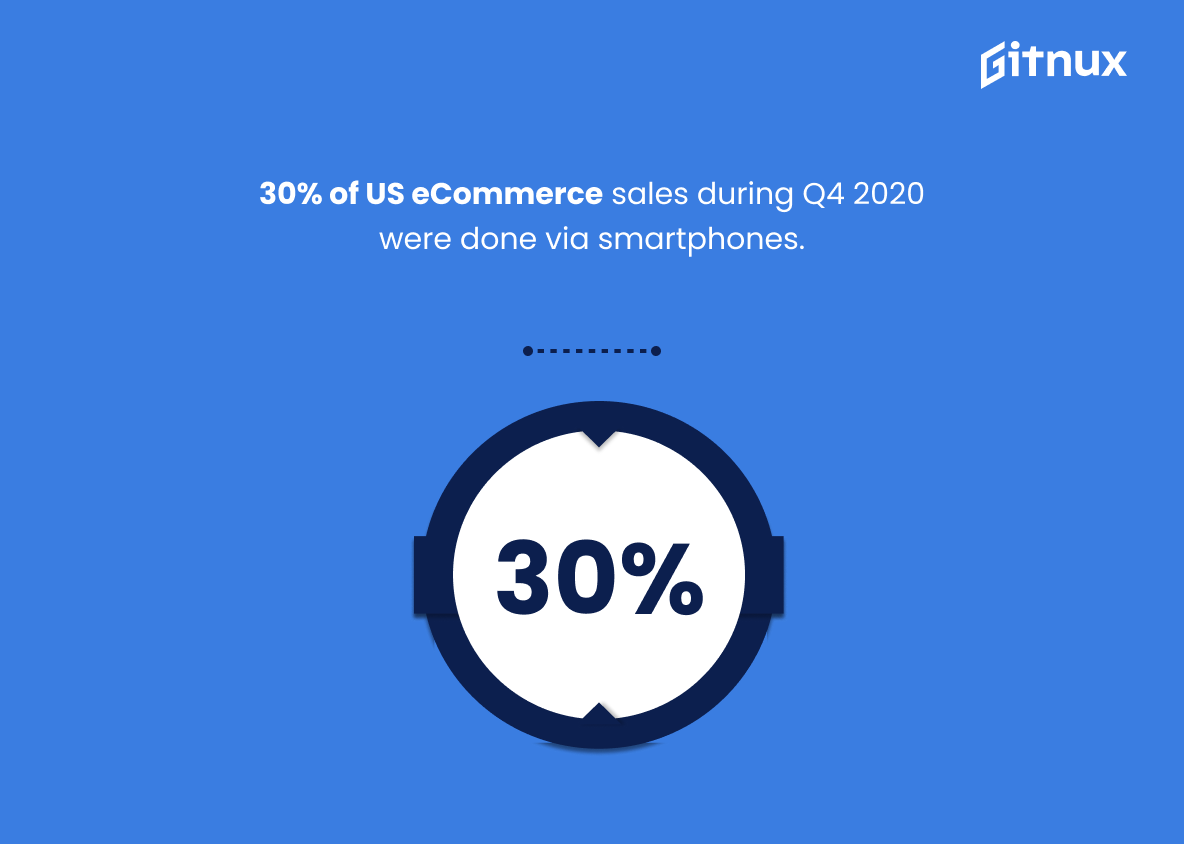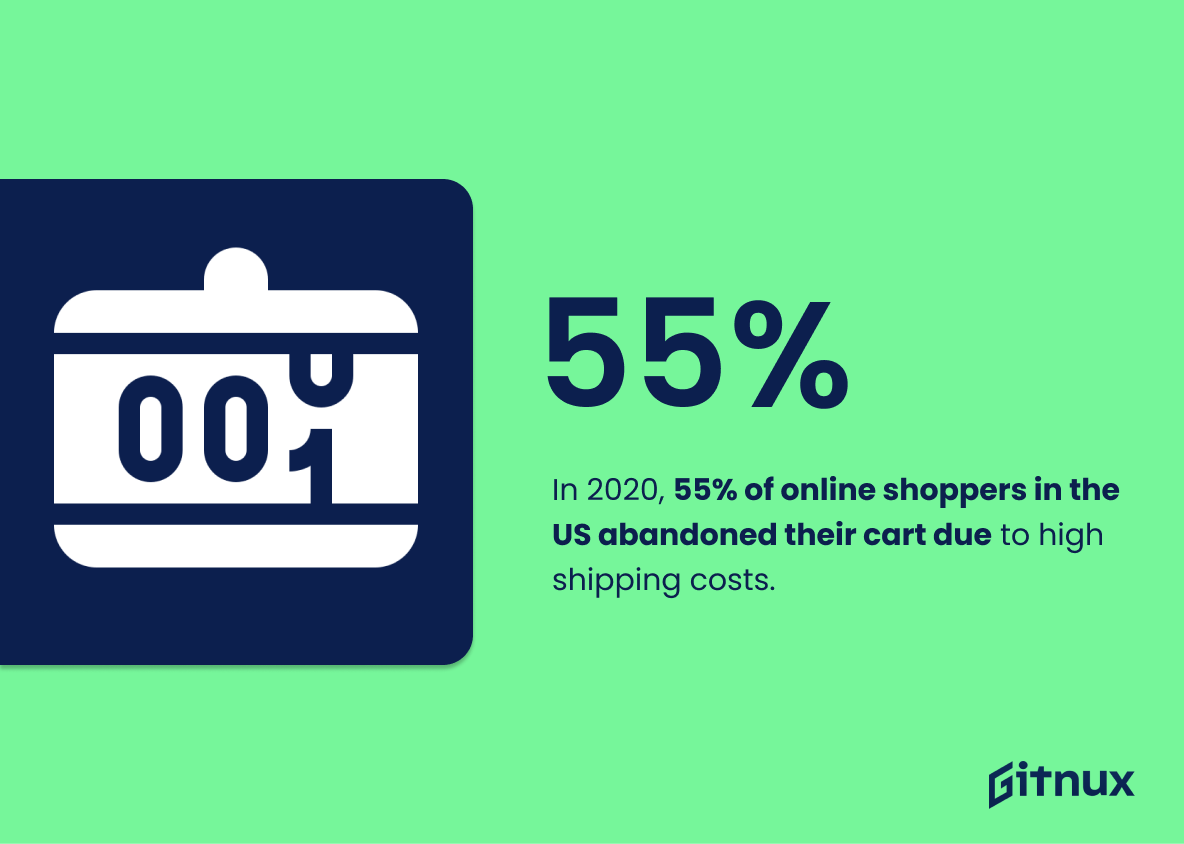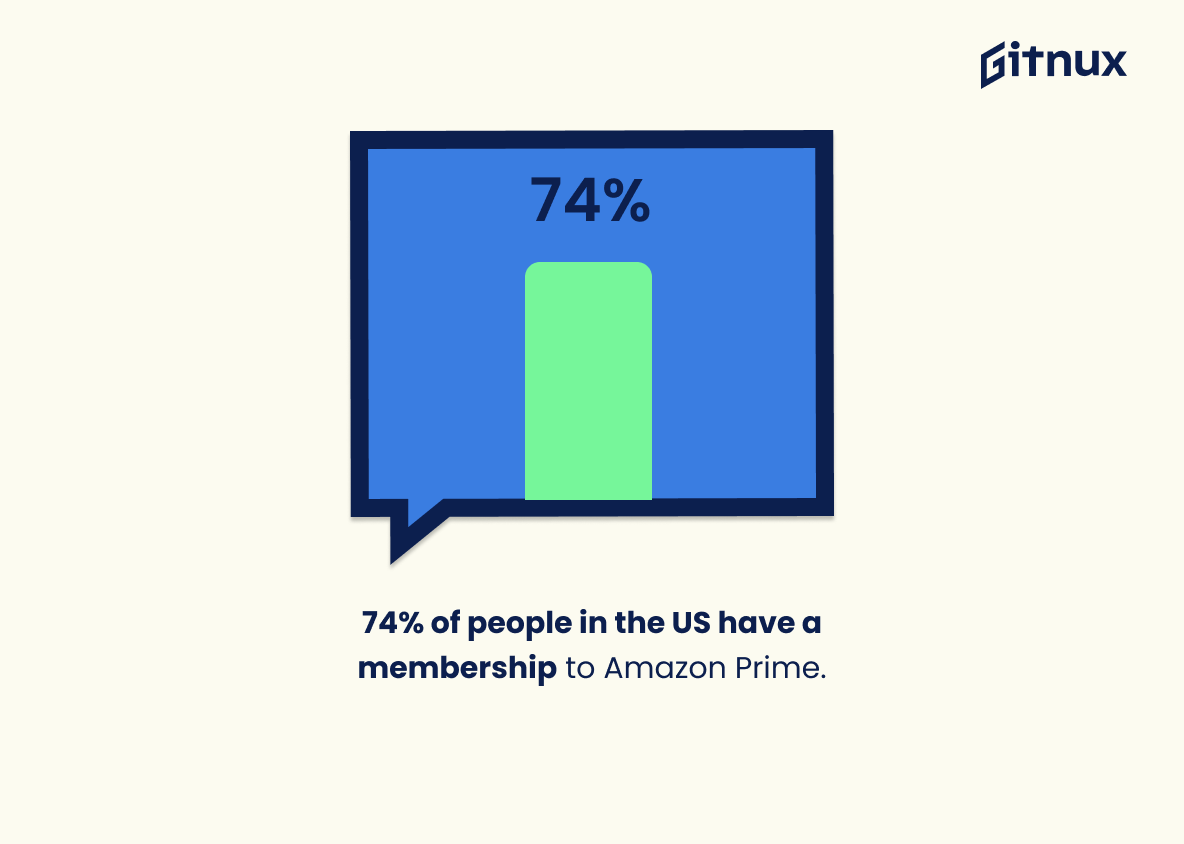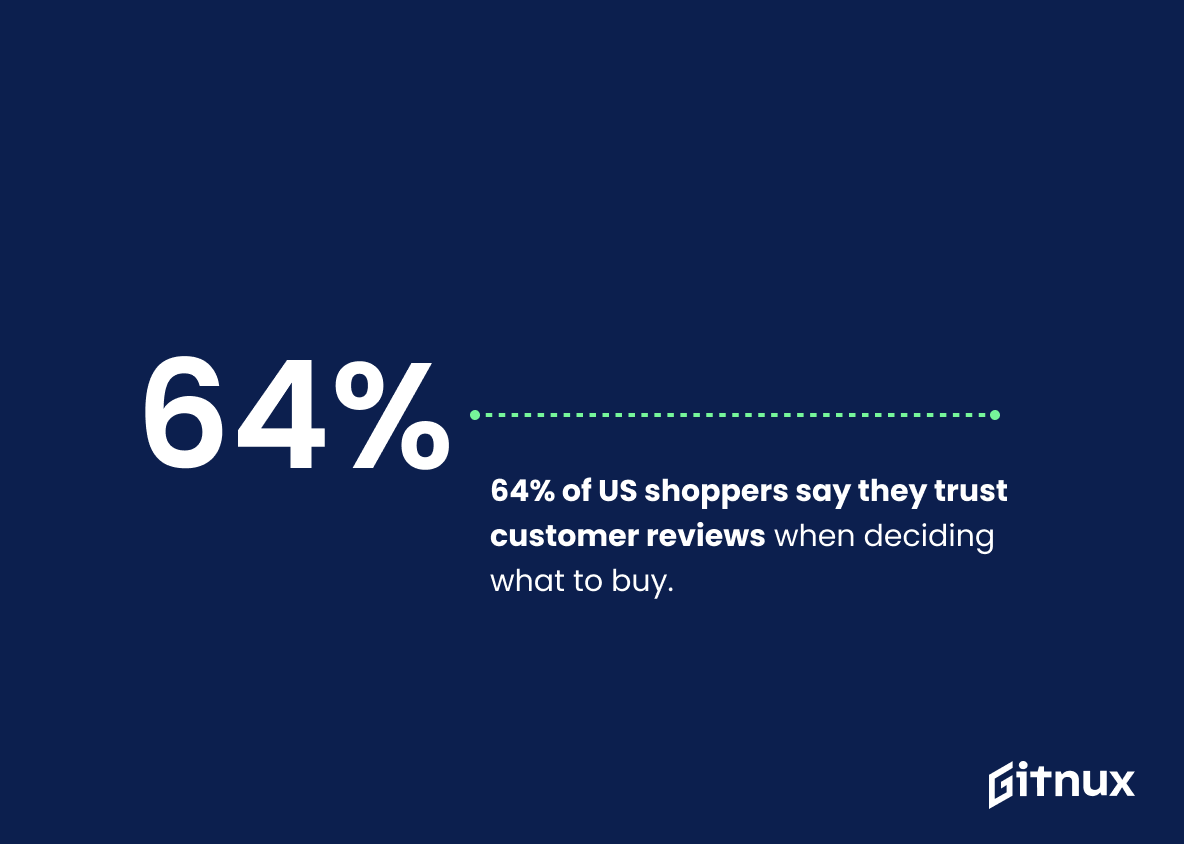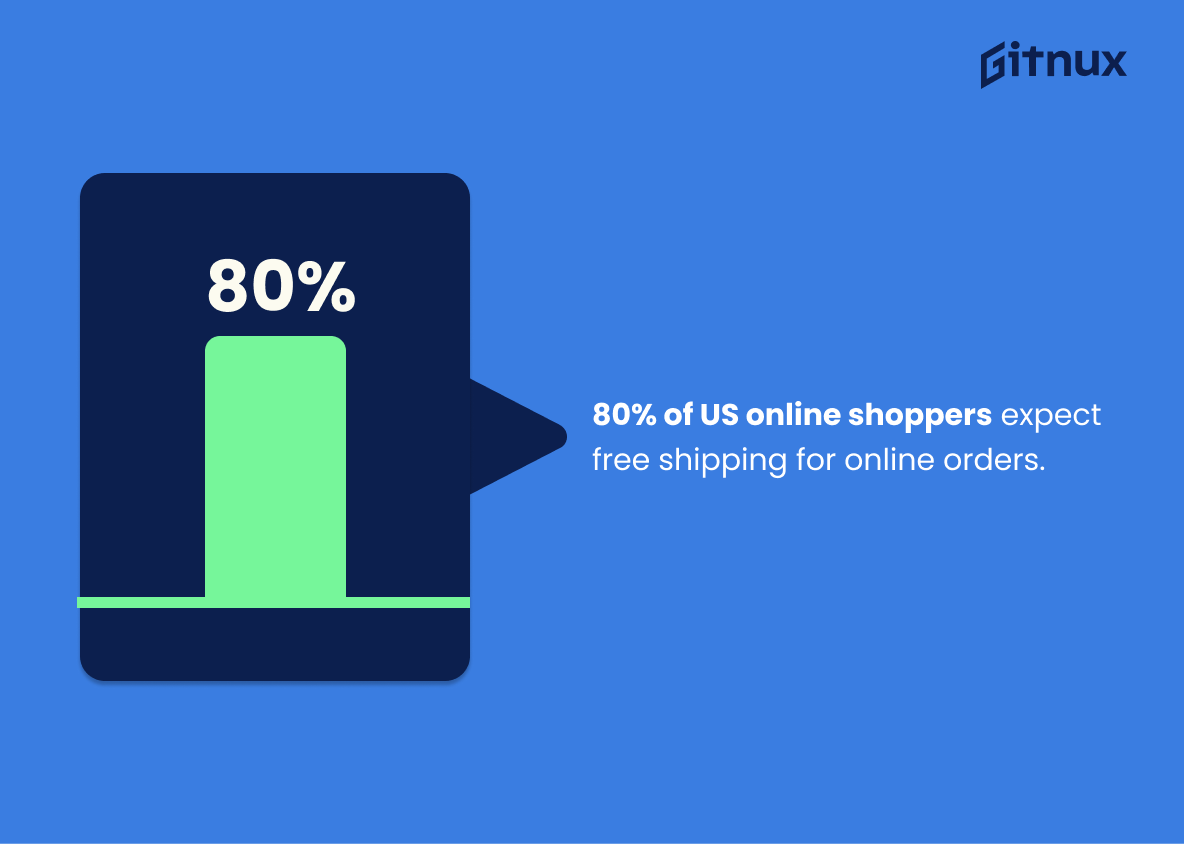The US eCommerce industry has seen tremendous growth in recent years, with online sales reaching $791.7 billion in 2020 and projected to reach $933 billion by 2021. This is due to the increasing number of online shoppers, which totaled 258.9 million people in 2021 alone. Amazon accounted for 38.7% of all US eCommerce sales last year, while mobile shopping made up 54% of total retail revenue during that same period at a staggering $306 billion dollars spent on purchases through smartphones or tablets. Apparel and accessories were the most popular items purchased online with an estimated 166.8 billion dollars spent on these products throughout 2021 – this figure is expected to rise even further over the next few years as fashion-related eCommerce revenues are predicted to hit 145.8 billion by 2023. Digital coupons also played a major role in driving consumer spending habits last year; 88% of American shoppers used them when making their purchase decisions while 74% had memberships with Amazon Prime for added convenience and discounts when buying goods from its platform specifically.. Additionally, Black Friday saw 9 Billion Dollars worth of transactions take place via Ecommerce platforms whereas Cyber Monday was recorded as having 10 point 8 Billion Dollars worth being transacted – both setting records within their respective categories. With such high numbers it’s no surprise that 64 percent trust customer reviews before deciding what they want buy whilst 80 percent expect free shipping options too. As we move into 2024 there will be 278 point 3 Million users engaging within Ecommerce activities across America – many who have only just started doing so since 2020 where 9 point 5 Percent began purchasing goods digitally for the first time ever. Despite all these positives however 70 Percent still abandon carts due mainly because delivery costs can often be quite expensive leading customers away from completing orders altogether…
Us Ecommerce Statistics Overview
In 2021, there were 258.9 million online buyers in the US.
This statistic is a testament to the power of ecommerce in the US. It shows that the number of online buyers is growing rapidly, indicating that more and more people are turning to the internet to purchase goods and services. This is an important trend to note, as it demonstrates the potential of ecommerce to revolutionize the way we shop and do business.
Amazon accounted for 38.7% of online sales in the US in 2020.
This statistic is a testament to Amazon’s dominance in the US ecommerce market. It highlights the sheer magnitude of Amazon’s success in the online retail space, and serves as a reminder of the company’s immense influence in the industry. It is an important statistic to consider when discussing US ecommerce trends, as it provides insight into the current state of the market and the power of Amazon’s presence.
Mobile eCommerce sales totaled $306 billion in 2020, representing 54% of the total eCommerce sales.
This statistic is a testament to the power of mobile eCommerce, demonstrating that it has become a major force in the eCommerce landscape. It highlights the importance of mobile-friendly websites and strategies for businesses looking to capitalize on the growing trend of online shopping. It also serves as a reminder that businesses must stay ahead of the curve when it comes to mobile technology in order to remain competitive in the eCommerce space.
Apparel and accessories make up the most significant eCommerce industry in the United States, with $166.8 billion in online sales in 2021.
This statistic is a powerful indicator of the immense potential of the US eCommerce industry. It highlights the fact that apparel and accessories are the most lucrative sector in the US eCommerce market, with a staggering $166.8 billion in online sales in 2021. This statistic is a testament to the fact that the US eCommerce industry is a major force to be reckoned with and is only growing in size and scope.
Fashion and clothing eCommerce sales in the United States are projected to reach $145.8 billion in 2023.
This statistic is a testament to the immense potential of the fashion and clothing eCommerce industry in the United States. It highlights the immense growth potential of this sector and serves as a reminder of the importance of staying ahead of the curve when it comes to eCommerce trends. With such a large projected market size, it is clear that the fashion and clothing eCommerce industry is one that should not be overlooked.
Approximately 88% of online shoppers in the US used at least one digital coupon in 2020.
This statistic is a testament to the power of digital coupons in the US ecommerce market. It shows that a vast majority of online shoppers are taking advantage of the discounts and savings that digital coupons offer, which is a major factor in the success of ecommerce businesses. This statistic is an important indicator of the current state of the US ecommerce market and provides valuable insight into the shopping habits of US consumers.
In 2020, Black Friday eCommerce sales in the US reached $9 billion.
This statistic is a testament to the immense potential of eCommerce in the US. It shows that even during a pandemic, when many businesses were struggling, eCommerce sales still managed to reach a staggering $9 billion on Black Friday. This is a clear indication that eCommerce is here to stay and is an important part of the US economy.
In 2020, Cyber Monday became the largest online shopping day in US history, with nearly $10.8 billion in sales.
This statistic is a testament to the power of ecommerce in the US, demonstrating the immense potential of online shopping. It highlights the fact that more and more people are turning to the internet to purchase goods and services, and that the ecommerce industry is growing rapidly. This statistic is an important reminder of the importance of staying up-to-date with the latest ecommerce trends and statistics in order to remain competitive in the ever-evolving digital marketplace.
In 2021, the average US online shopper spent $1,944 on eCommerce purchases.
This statistic is a telling indication of the growing importance of eCommerce in the US. It shows that US online shoppers are increasingly turning to digital platforms to purchase goods and services, and that the eCommerce industry is thriving. This statistic is an important piece of information for anyone looking to gain insight into the US eCommerce landscape and the trends that are driving it.
30% of US eCommerce sales during Q4 2020 were done via smartphones.
This statistic is a telling indication of the growing importance of smartphones in the US eCommerce landscape. It highlights the fact that more and more consumers are turning to their phones to make purchases, and that businesses need to be prepared to meet this demand. This statistic is an important piece of information for anyone looking to understand the current state of US eCommerce, and how it is likely to evolve in the future.
In 2020, 55% of online shoppers in the US abandoned their cart due to high shipping costs.
This statistic is a telling indication of the importance of shipping costs in the ecommerce landscape. It highlights the fact that, even in the digital age, customers are still very sensitive to the cost of delivery when making purchases online. This is an important factor to consider when creating an ecommerce strategy, as it can have a significant impact on the success of a business.
74% of people in the US have a membership to Amazon Prime.
This statistic is a telling indication of the power of Amazon Prime in the US ecommerce market. It demonstrates the immense popularity of the subscription service and its ability to capture a large portion of the US population. This statistic is an important piece of information for anyone looking to understand the US ecommerce landscape and the role Amazon Prime plays in it.
64% of US shoppers say they trust customer reviews when deciding what to buy.
This statistic is a powerful indicator of the influence customer reviews have on US shoppers when making purchasing decisions. It highlights the importance of customer reviews in the ecommerce landscape, and serves as a reminder to businesses that they should be actively engaging with customers to ensure they are providing the best possible service and products. This statistic is an invaluable resource for anyone looking to gain insight into the US ecommerce market and the impact customer reviews have on it.
80% of US online shoppers expect free shipping for online orders.
This statistic is a telling indication of the importance of free shipping in the US ecommerce landscape. It highlights the fact that customers are increasingly expecting free shipping when they make online purchases, and that businesses must take this into account when developing their ecommerce strategies. As such, this statistic is an important factor to consider when discussing US ecommerce statistics.
By 2024, the total number of eCommerce users in the United States is expected to reach 278.3 million.
This statistic is a powerful indicator of the potential of the US eCommerce market. It shows that the number of users is expected to grow significantly over the next few years, indicating that there is a large and growing demand for online shopping. This is an important piece of information for anyone interested in the US eCommerce market, as it provides insight into the potential for growth and success.
In 2020, 9.5% of US adults made their first-ever online purchase.
This statistic is a telling indication of the growing trend of ecommerce in the US. It shows that more and more people are turning to online shopping as a viable option for their purchases, which is a clear sign of the increasing popularity of ecommerce. This statistic is an important piece of information for anyone looking to understand the current state of US ecommerce and the potential opportunities it presents.
The average US online shopper abandoned their cart almost 70% of the time in 2020.
This statistic is a telling indication of the current state of US ecommerce. It suggests that, despite the surge in online shopping due to the pandemic, customers are still hesitant to complete their purchases. This could be due to a variety of factors, such as high shipping costs, lack of trust in the online store, or difficulty in navigating the checkout process. Understanding this statistic can help ecommerce businesses identify areas of improvement to increase their conversion rates and maximize their profits.
Conclusion
The US eCommerce industry has seen tremendous growth in recent years, with total revenue reaching $791.7 billion in 2020 and projected to reach $933 billion by 2021. Online shopping accounted for 21.3% of total retail sales during the same year, while mobile eCommerce sales totaled $306 billion representing 54% of all online purchases made that year. Apparel and accessories make up the most significant portion of US eCommerce spending at nearly $167 billion in 2021 alone, followed closely by fashion and clothing which is expected to reach over 145$billion by 2023.
It’s clear from these statistics that consumers are increasingly turning towards digital channels when making their purchasing decisions – whether it be through Amazon Prime memberships or taking advantage of free shipping offers – as well as relying on customer reviews before committing to a purchase decision. With an estimated 278 million users expected within the next three years, there is no doubt that this trend will continue into 2022 and beyond.
References
0. – https://www.salesforce.com
1. – https://www.goshopmatic.com
2. – https://www.statista.com
3. – https://www.emarketer.com
4. – https://www.cnbc.com
5. – https://www.square2marketing.com
6. – https://www.businesswire.com
